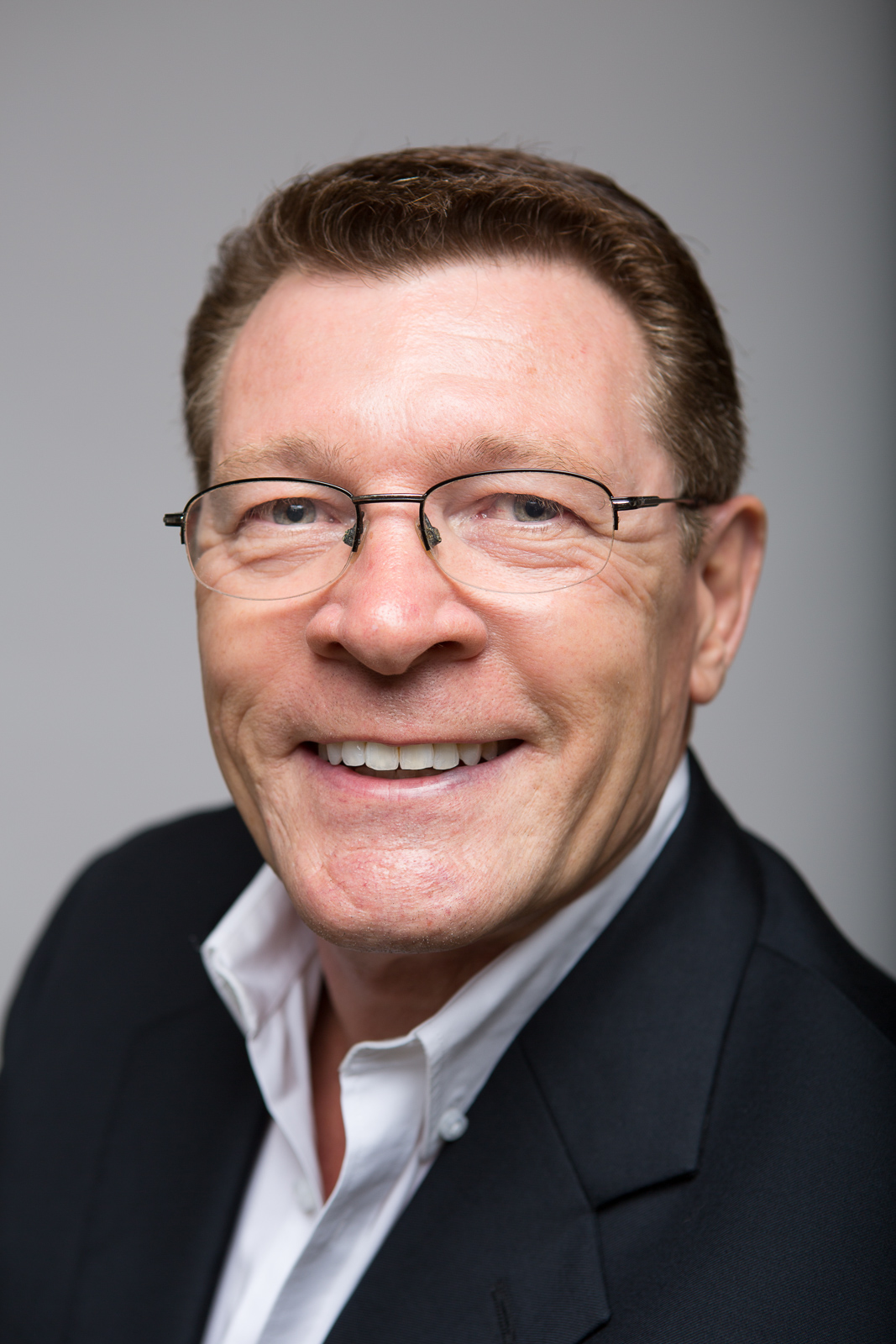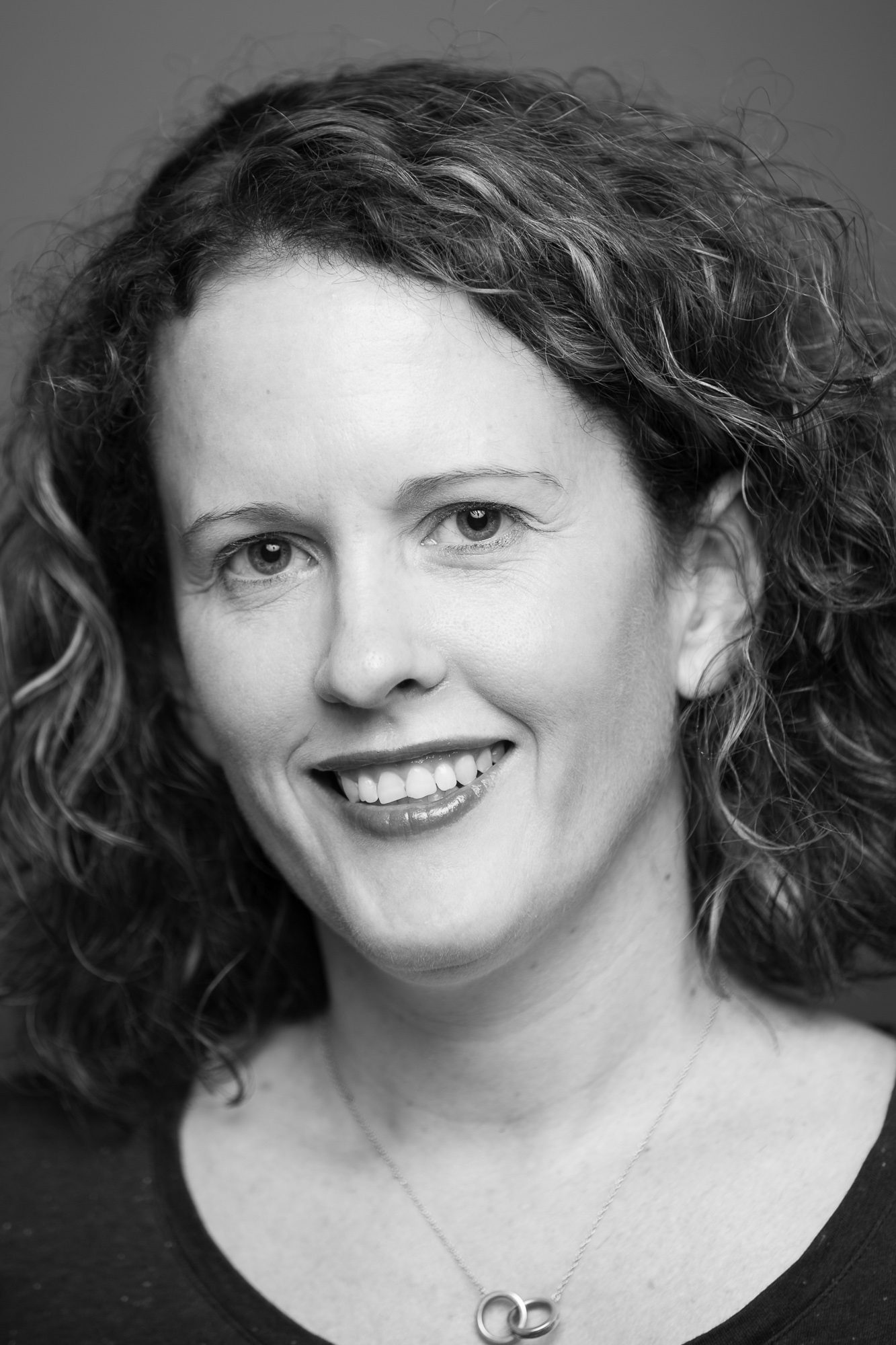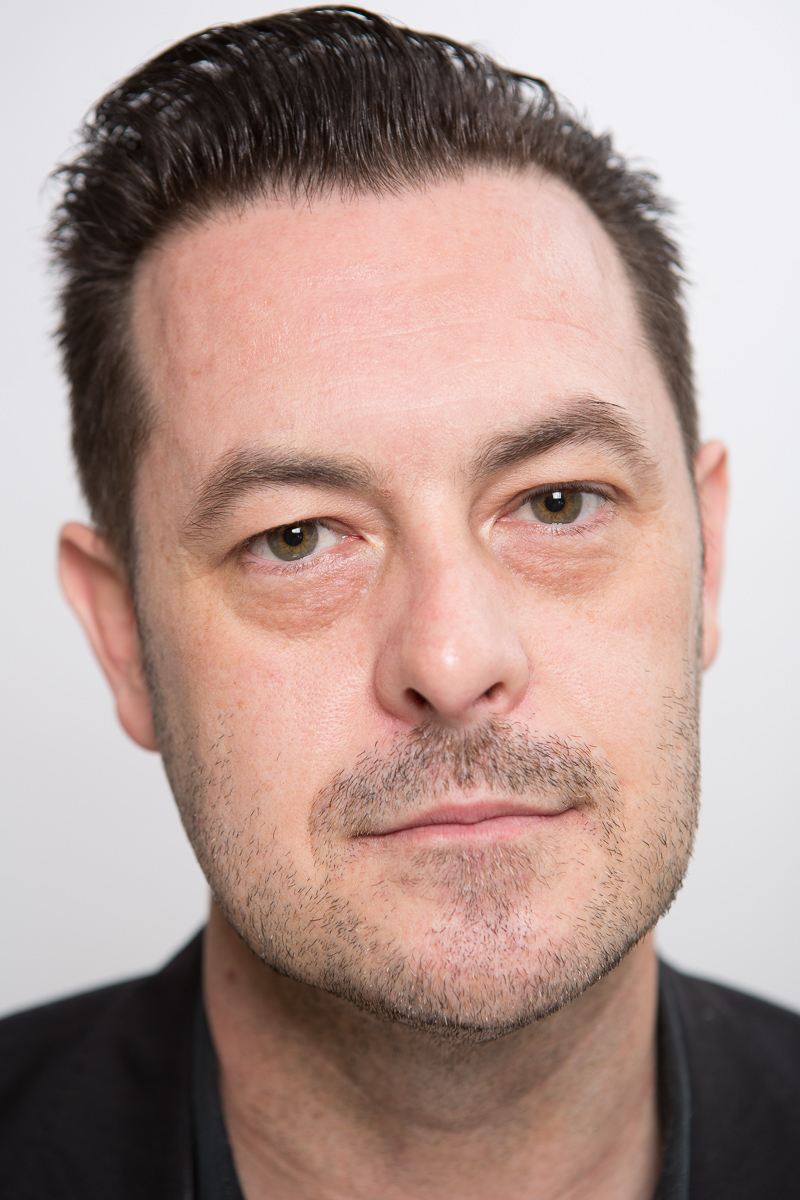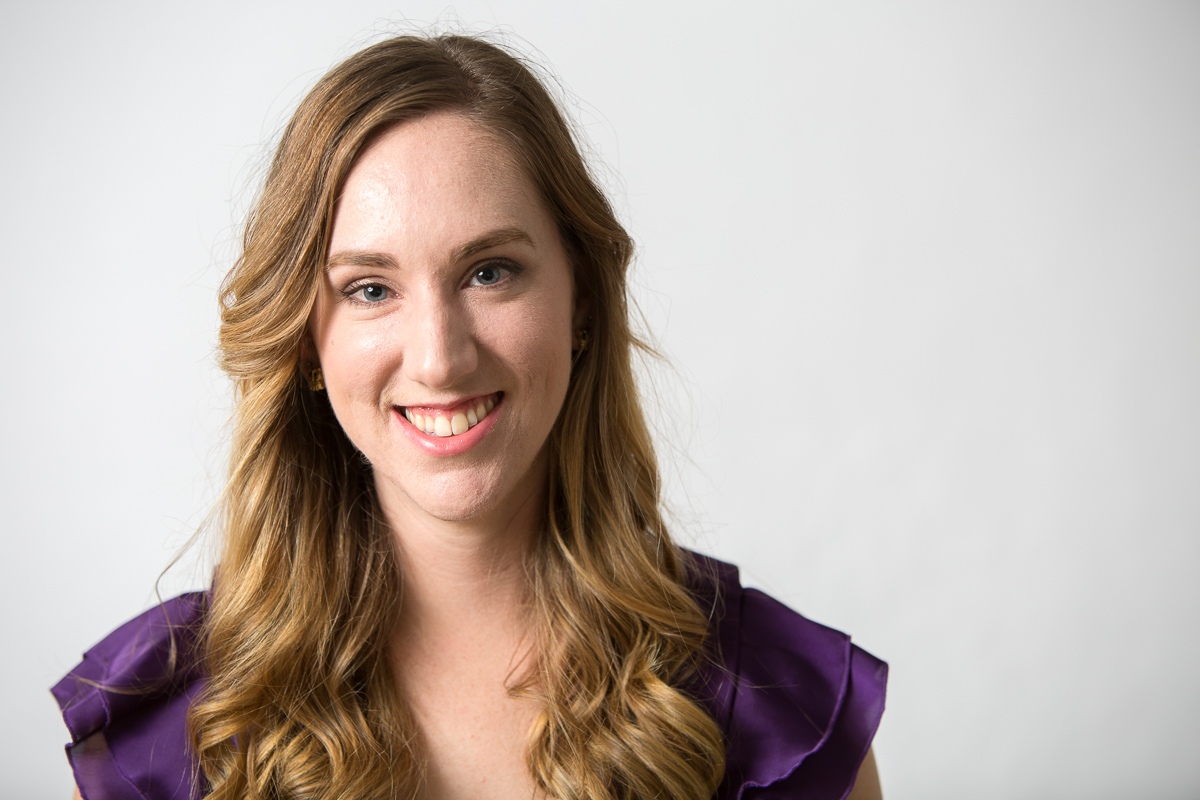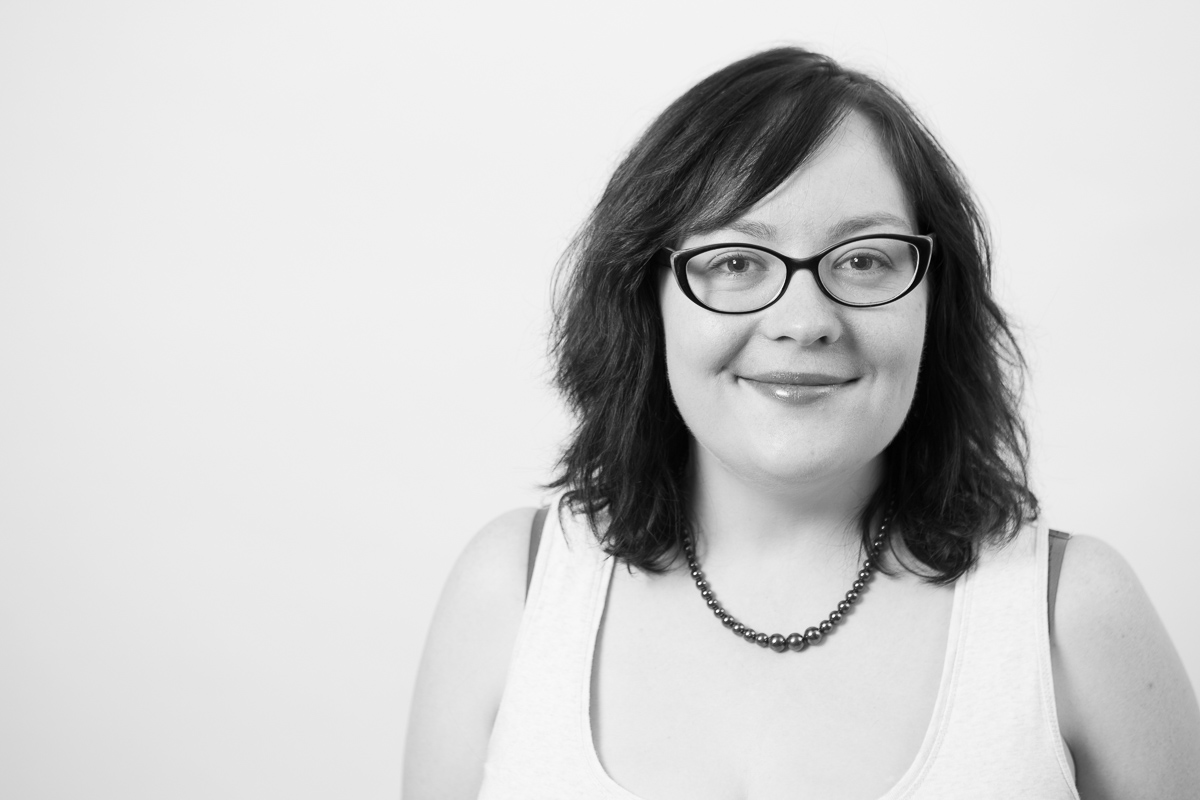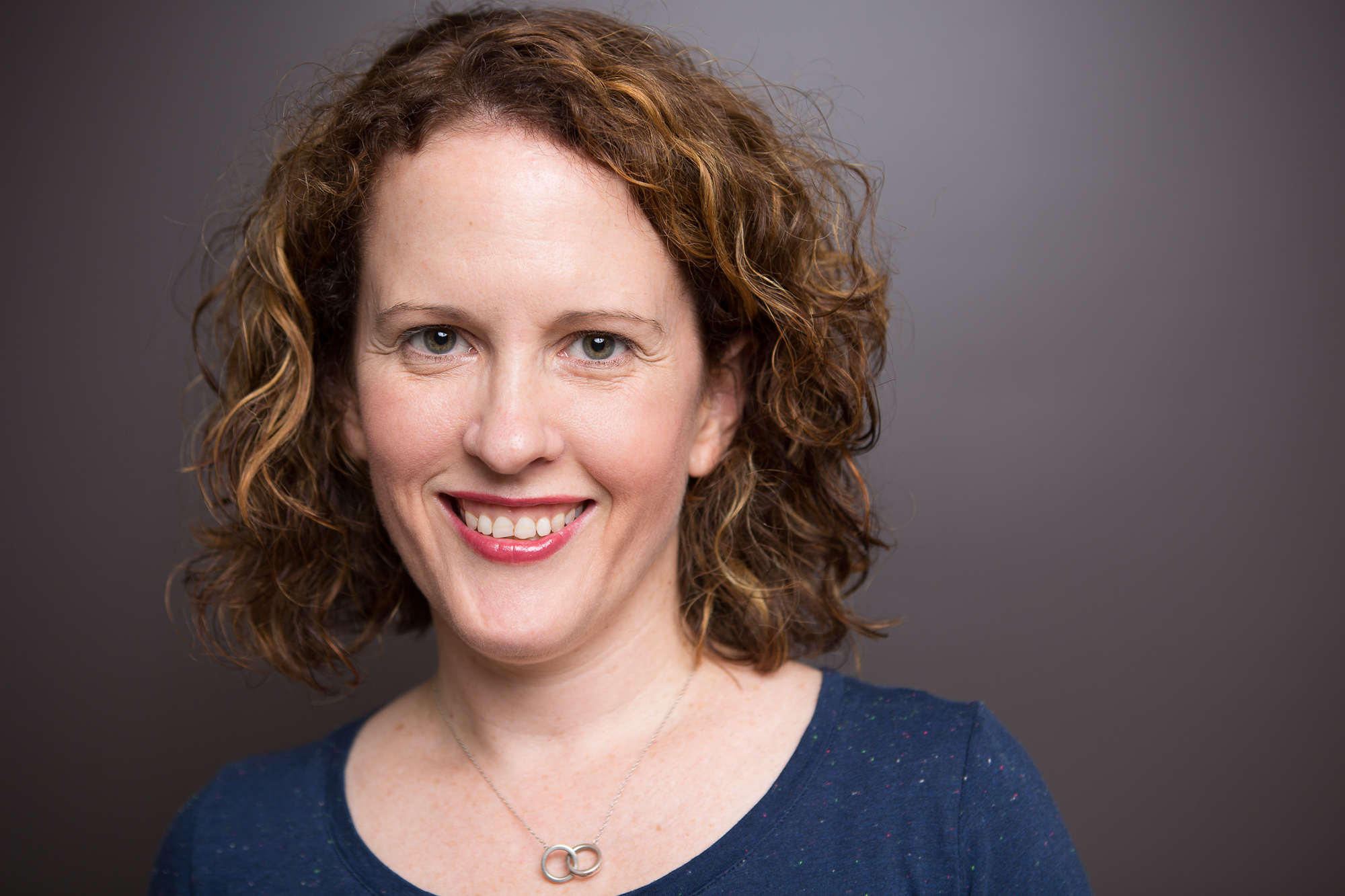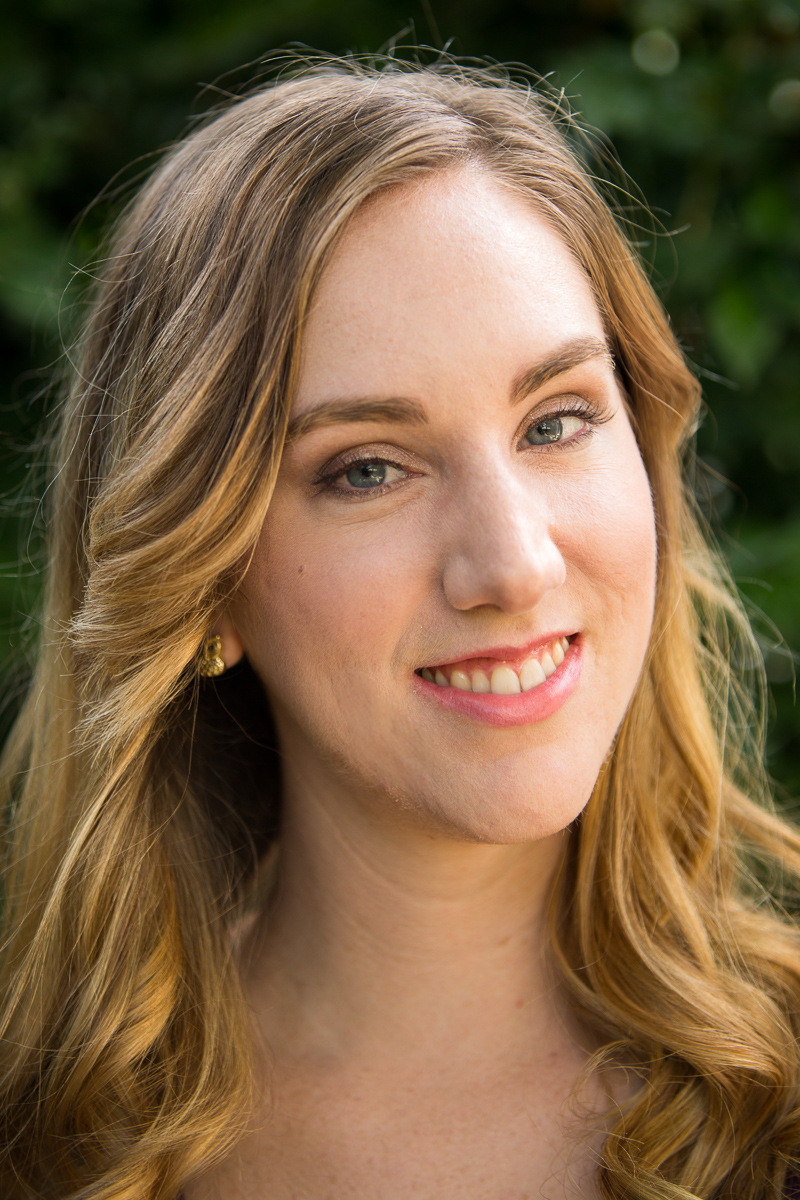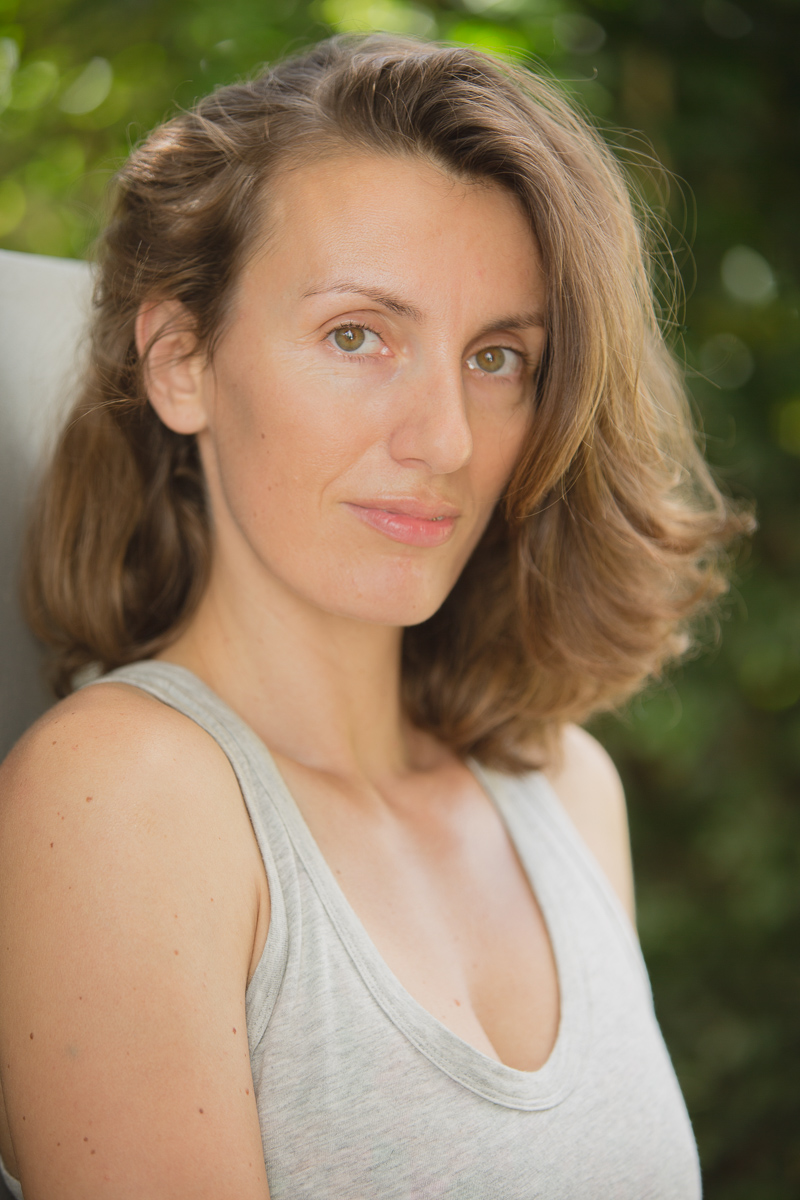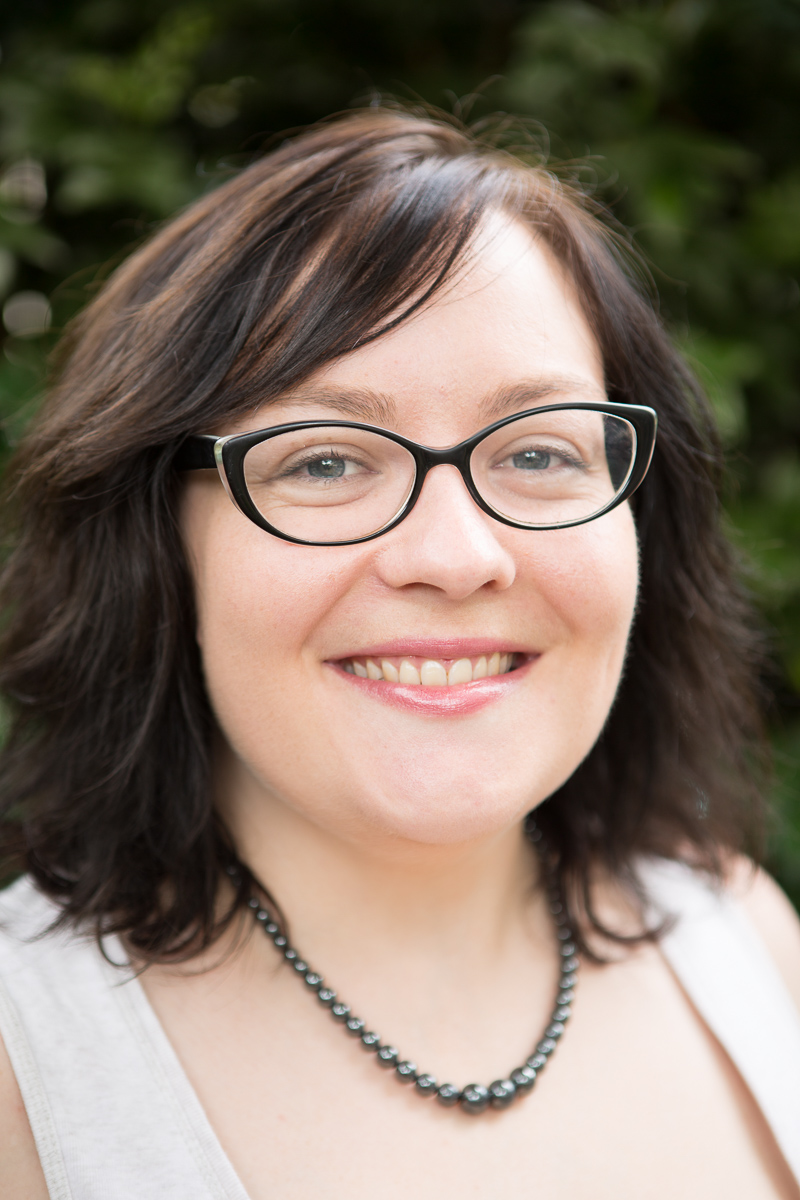As people increasingly promote themselves through social and professional networks, headshots and portraits are no longer just for models and actors. They’re becoming an important way for many people – business owners, job seekers, executives, consultants – to market themselves. In this post, I’ll outline what to expect from a headshot or portrait shoot, and how to prepare.
The Photographer
Most people don’t like having their photo taken. Add to this that, by their nature, headshot sessions are very “in your face”, and you can see the importance of choosing a photographer who you will be comfortable with. First, take a look through their website to get an idea of their style. Any photographer worth their salt will be comfortable shooting a range of styles, but their website will give you a good first impression.
Next, talk to the photographer. How does the conversation go? Did you like them? Did they ask about what you’re hoping to get from the shoot? Did they talk you through how their sessions work? Did they make you feel comfortable? If not, they’re probably not right for you.
Headshot Styles
The most common, traditional style is the vertical portrait. Generally close-cropped head and shoulders, in front of a plain background, like the examples below.
Another option for ‘studio-style’ headshots is to have them composed in a horizontal/landscape orientation like those below. Personally, I find this style a little more engaging and relaxed. In a corporate setting, this style also allows for the inclusion of company signage or branding in the background. Typically, during a session I will shoot a combination of vertical and horizontal compositions and provide clients with both options.
‘Environmental’ portraits or headshots are typically taken outside or in some other non-studio location such as your workplace. This style can be a little more relaxed, and is much better for telling the story of who you are and what you do.
Before the Shoot
Once you’ve chosen a photographer and made a booking for a session, it’s time to start getting prepared. Things to do before the shoot include:
Clothes
- Select an outfit or a few combinations of clothes that represent you, and make you comfortable
- For men especially, quite a few combinations are possible with only limited changes – tie, no tie, jacket, no jacket, jacket and tie, jacket and no tie. It all depends on the image you’re wanting to present, and during the shoot, we will cover most, if not all of these combinations.
- Solid colours are best to reduce distraction, but if wearing bright patterns is part of who you are, then that’s what’s important. We’ll make it work. Just try and avoid intricate, busy patterns which may not photograph well.
- For the bottom half, you might be tempted just to wear a pair of boardshorts – you know, like the newsreaders do behind the desk. Most times, this will be OK, but sometimes your shirt won’t sit properly with this combination. Try it out before the shoot. Shoes though? Wear whatever’s comfortable.
Hair
It’s Brisbane. It’s humid, particularly in summer. Your hair’s going to get a little frizzy. Bring along a brush or comb, and maybe some product, to take care of those fuzzy flyaways.
Face
Makeup can help to hide any blemishes or cut down on shiny skin, but there’s no need to go overboard. If you usually wear makeup, just put on what you normally would for a day at work. Bring some makeup with you to make any touchups during the shoot, along with some lip gloss or balm to keep your lips looking soft.
Try and avoid any significant beauty procedures such as facial peels or exfoliating in the leadup to your shoot. A bad reaction could leave your skin looking irritated.
For men, there’s no need to shave before the shoot if you’re someone who usually has a day or two’s growth. Remember – you’re looking for shots that represent you. If you bring your shaving gear, we can get some clean shaven shots in the second half of the session. That’s much easier than trying to grow some stubble in an hour.
The Shoot
- Remember what I said way up there about needing to feel comfortable? Ask the photographer to put some music on, if it helps you relax.
- The photographer will probably ask you to strike some weird feeling poses. They might feel strange, but they’ll make for better photos, and will usually look more natural than they feel.
- Your photographer should be able to give you some tips on how, and even if, to smile. Try not to force it, keep a gap between your top and bottom teeth, and your smile will look much more natural.
- Likewise, it’s good to squint your eyes ever so slightly. The deer-in-the-headlights look is no good for anyone.
- Take a breather every now and then. During a one-hour shoot, I’ll probably have my camera up to my face for less then half that time. We’ll take a break to review what we’ve got so far and make any changes, we’ll stop for a chat, we’ll stop for a drink.
After The Shoot
Once we’re done, I’ll start to select and edit the best images from the shoot. Editing will generally include:
- Selecting the best composed, posed and exposed images from the shoot.
- Removing any blemishes or imperfections. This is mostly just to get rid of shiny spots from the lights, redness in the skin or temporary blemishes such as the odd pimple. I’m not going to go crazy and give you that unrealistic plastic skin look. Likewise, if you have any distinguishing marks, I won’t remove these unless you specifically ask.
- If necessary, slightly enhancing your eyes by adding a little brightness and sharpness. It’ll be subtle enough that you probably won’t even notice, but it helps to make the photo more engaging.
- I’ll then deliver the images to you, in the agreed format, in colour and/or black and white. Usually this will be via a link to a gallery on dropbox or elsewhere, but of course, prints and USB sticks are also an option.
And, we’re done! If it’s time you updated your corporate portraits, social media profile photos or performer’s headshot, get in touch, and we’ll talk about how I can help.
